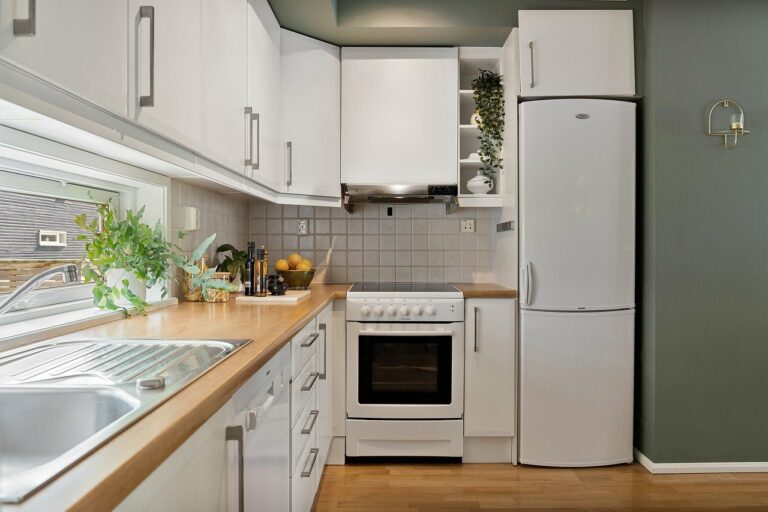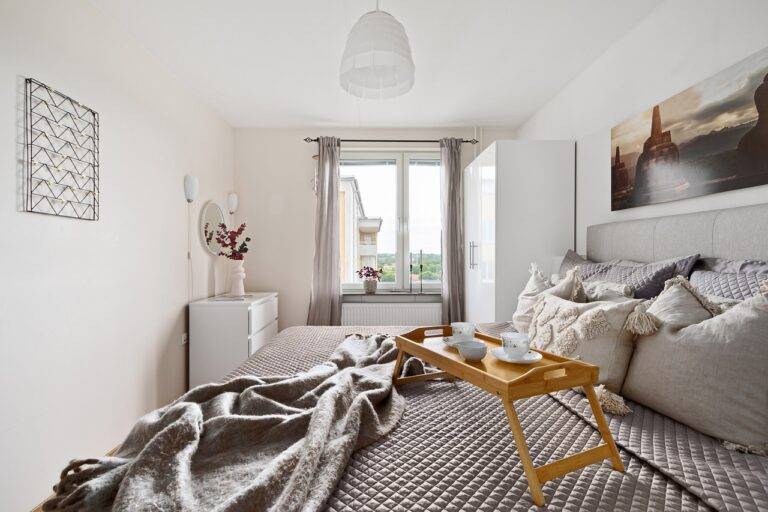Maximizing Natural Ventilation in Your Home: Tips for Comfort and Efficiency
Natural ventilation in your home can help improve indoor air quality by reducing the concentration of pollutants and allergens. By allowing fresh outdoor air to circulate through your living space, you can decrease the risk of respiratory issues and create a healthier environment for you and your family. Additionally, natural ventilation can help regulate humidity levels, preventing the growth of mold and mildew.
Another benefit of natural ventilation is its energy efficiency. By harnessing the power of natural breezes and air movement, you can reduce the need for artificial cooling systems during the warmer months. This can lead to lower energy bills and a more sustainable lifestyle. Embracing natural ventilation in your home not only promotes a healthier living environment but also contributes to a greener, more eco-friendly way of living.
Understanding the Principles of Airflow
Airflow within a building is influenced by various factors, including temperature differentials, pressure differentials, and wind forces. When air warms up, it becomes lighter and rises, creating a natural upward flow. On the other hand, cooler air is denser and tends to sink, leading to a downward flow. Understanding these basic principles can help in optimizing the ventilation within your living spaces.
In addition to temperature differentials, pressure variations within a building also play a crucial role in determining airflow patterns. Variations in air pressure caused by factors like wind, HVAC systems, and occupant activities can affect how air moves within a space. By strategically placing windows, vents, and doors, it is possible to capitalize on these pressure differentials to facilitate better air circulation throughout the home.
Choosing the Right Windows for Improved Ventilation
When selecting windows for improved ventilation in your home, it’s essential to consider both the style and functionality they offer. Opt for windows that can be easily opened and closed to regulate airflow effectively. Casement windows, awning windows, or sliding windows are great options for enhancing ventilation.
Additionally, choosing windows with screens will allow you to enjoy fresh air while keeping insects out. Screens are essential for maintaining good airflow without unwanted visitors disrupting your indoor environment. Consider the location of your windows and the direction of prevailing winds to maximize cross-ventilation throughout your living spaces.
Why is natural ventilation important in a home?
Natural ventilation helps improve indoor air quality, regulate temperature, reduce energy consumption, and create a more comfortable living environment.
What are the principles of airflow that affect ventilation in a home?
The principles of airflow include the direction of prevailing winds, the layout and orientation of the home, the size and placement of windows, and the use of vents or exhaust fans.
How can I choose the right windows for improved ventilation?
To improve ventilation, consider installing windows that can be opened easily, such as casement or awning windows, and strategically place them to maximize airflow throughout the home.
Can I improve ventilation in my home without replacing windows?
Yes, you can improve ventilation by adding vents, exhaust fans, or air ducts to facilitate airflow and create a more comfortable indoor environment.
How often should I open my windows for ventilation?
It is recommended to open your windows regularly, especially during the morning and evening when temperatures are cooler, to allow for fresh air circulation and improve indoor air quality.







